Violet "LE-Gold of the Nibelungen"
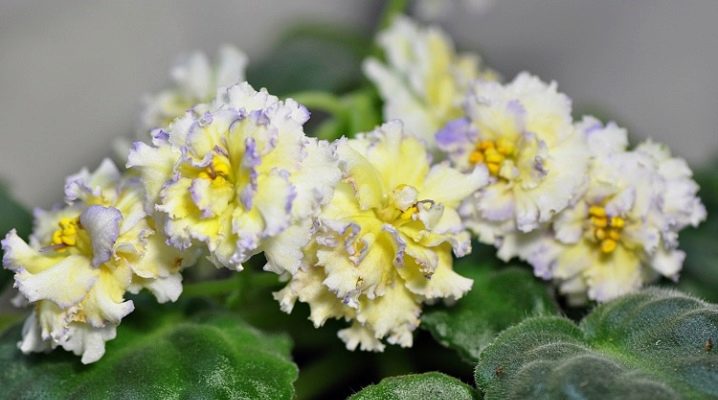
"Gold of the Nibelungs" is a saintpaulia, that is, a kind of indoor plant, which is commonly called a violet. Belong to Saintpaulia to the genus Gesneriaceae. Saintpaulia differs from real violet varieties in that it is a very thermophilic plant, originally from Africa, therefore it does not survive in the open field in a temperate and northern climate. In addition, Saintpaulia is very capricious, and requires special conditions of detention, however, with proper care, it pleases its owners with lush and long flowering.
The indoor violet variety "Gold of the Nibelungen" was bred relatively recently - in 2015. The author is Elena Lebetskaya. In addition to this variety, she bred several more varieties of Saintpaulias, and all of them in their name have a prefix according to the first syllable of the surname - "Le". The passion for flowers, which began as a simple hobby for the soul, later grew into a serious scientific work.
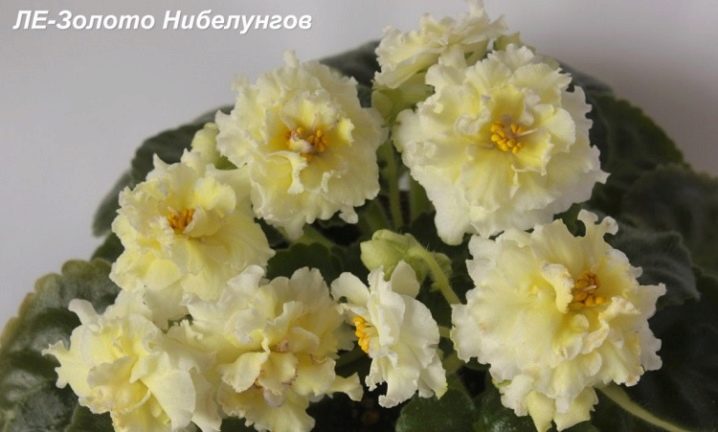
Description of the variety
Violet "LE-Gold of the Nibelungen" has a somewhat fabulous name. Background: Nibelungen is the name of the royal dynasty of Germany during the Middle Ages. They possessed huge treasures, about which there were many legends. Most likely, the flower received a similar name because of its very attractive appearance.
The rosette of the flower has a bright yellow color, it is bordered by a thin strip of pale blue hue. The edges of the petals are slightly ragged, as if decorated with fringes, which makes the flower look like a precious crystal. Due to its beauty, the fabulous flower immediately became popular. Today he adorns numerous private collections of indoor plants around the world.
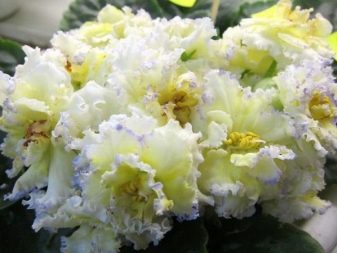
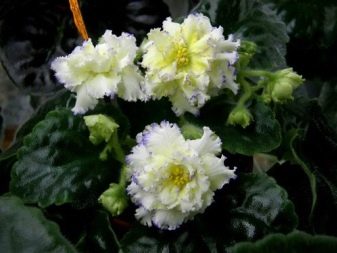
Care features
In order for a room violet to delight with its beauty and aroma, it needs an increased temperature. She feels most comfortable in the mode from +18 to +25 degrees. The plant does not tolerate drafts and drought. The soil in the flower pot should always be moist. For irrigation, you need to take clean, settled water at room temperature. Watering the violet should be done with extreme caution, trying to keep the water in the soil and not on the plant itself.
In addition, for abundant flowering, the plant requires an additional light source, for example, special fluorescent lamps for plants. In winter, the duration of lighting should be at least 10-13 hours per day. Also, in winter, you should reduce the intensity of watering.
Direct rays of the sun in large quantities are harmful to the plant, so in summer the plant must be removed in partial shade.
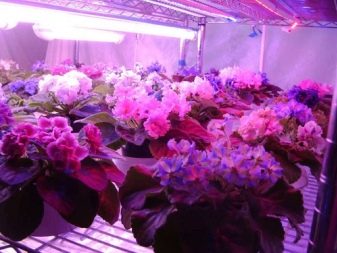
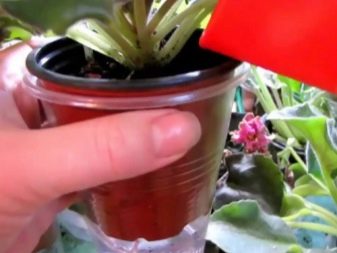
In order for the violet to bloom constantly, it is recommended to place the plant on a windowsill in the east or on the west side of the room. To ensure uniform illumination, the container with the flower is periodically turned over in different directions to the light.
It is recommended to replant the "Gold of the Nibelungen" violet once a year with a complete replacement of the soil. The dishes into which the plant will be transplanted should be slightly wider than the previous one - by 1-2 cm.
Then the plant will spend energy on flowering, and not on growing green mass or branching roots.
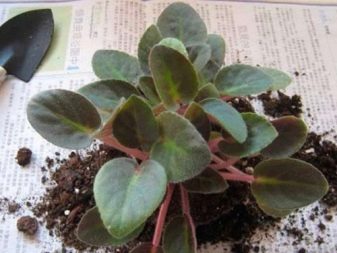
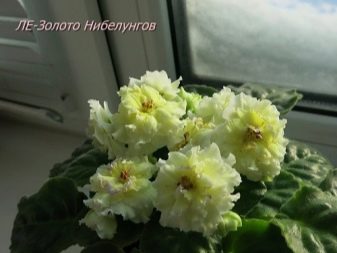
When the flowers lie too low and do not rise above the leaves, this is one of the signs of a plant disease, which means that something is missing. Also, this factor may mean that insect pests, for example, spider mites, have entered the plant. In this case, a thin cobweb may form on the plant.To combat harmful insects, it is necessary to treat the plant with special substances - acaricides. As an example, we can cite such drugs as "Masai", "Sunmite", "Apollo", "Sipaz-Super" and others.
To get a beautiful bush, it is recommended to leave only one outlet in the pot, removing all others.
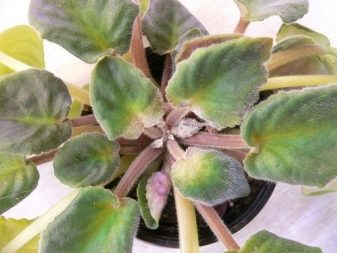
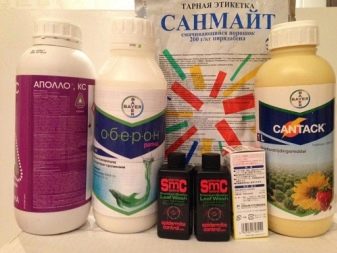
Reproduction
The process of obtaining shoots from the "Gold of the Nibelungen" violet differs little from the reproduction of other varieties of Saintpaulias. For rooting and reproduction, one leaf will be enough. It is desirable that it is from the very center of the outlet - not too old, but not too young. The main thing is that the plant from which the material will be taken is healthy and flowering.
A violet that has already bloomed and emaciated is unlikely to produce healthy offspring. In order for the leaf to start up the roots, it is necessary to process its cut with coal powder or a solution of potassium permanganate, and place it in water.
If the leaf is viable, in 2-3 weeks it will give roots, after which the shoot can be transplanted into the ground.
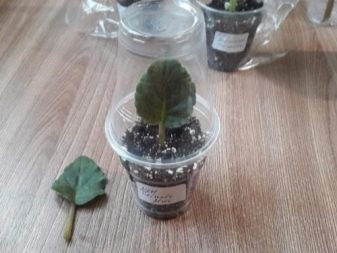

Sometimes saintpaulias are bred with part of the leaf. To do this, take a piece of a leaf (preferably about 4 cm) and place it in a moist substrate. In order for the leaf to rise above the soil, some kind of support is placed under it. To root the leaf, it is recommended to maintain a temperature of 30-32 degrees, provide moderate watering and good lighting. It should be borne in mind that this breeding method does not guarantee a 100% result.
Some experienced gardeners have established a process for producing new plants from seeds. In order to get seeds, you need to pollinate flowering plants: carefully remove the stamen from the testis and pour its contents onto prepared paper, and then plant the pollen on the stigma of the pistil. If within 10 days the size of the ovary increased, the pollination process was successful. The seeds ripen in a period of six months to 9 months. Thus, you can get not only a new plant, but also a fundamentally new variety.
However, this method can only be done by experienced gardeners, and the first time it may not work.
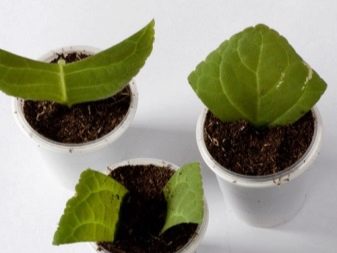
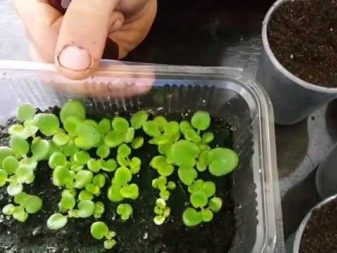
Soil selection
Violet "Gold of the Nibelungen", like all other Saintpaulias, is quite suitable ready-made soil for violets, which is sold in the store. When buying, you should pay attention to the color of the soil. It should be brown with peat fibers. However, experienced flower growers do not really recommend the ready-made mixture, since it has a number of disadvantages:
- the mixture is not sterilized, and this can affect the chemical composition of the soil;
- the presence of parasites is possible in the mixture;
- there is a possibility that there will be incorrect proportions of fertilizers - some components will be put in excess, and some substances may not be enough, which will certainly affect the growth and flowering of the plant;
- in cheap mixes, peat is usually of poor quality and sour quickly.
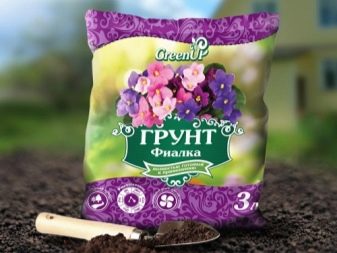
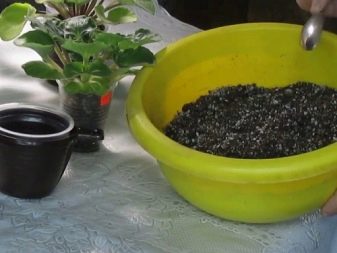
It is best to prepare the soil yourself, but it must meet certain requirements. First of all, the soil must be loose so that air and moisture exchange is well carried out. It is desirable that it includes:
- leafy earth and rotted leaves - 3 parts;
- turf - 2 parts;
- coniferous land - 1 part;
- peat - 1 part.
Sometimes coconut fiber is added to the soil to improve air exchange. However, it does not contain any useful microelements and serves only as an additional component. Vermiculite, perlite, sphagnum and river sand can be used as a baking powder for LE-Gold of the Nibelungen violets.
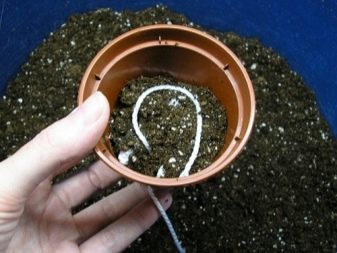

For information on how to water violets in winter, see the video below.































The comment was sent successfully.